VIEW OUR COLLECTIONS
From our classic black blends and much-loved bestsellers, to balanced infusions and delicious cold brews, there is a cup of Ahmad Tea to suit everyone, any time of the day. Explore our ranges.
DISCOVER OUR COLLECTIONSFrom crop to cup, our tea undergoes a long, intricate journey. Where possible only the top two leaves and bud are hand-plucked from the finest tea gardens. We nurture the relationships with our partners, seeing it as an investment in the quality of our tea.
We taste our selected teas repeatedly every step of the way. The journey ends with our masterful tea blenders, who create the finest teas to be enjoyed by tea lovers everywhere.
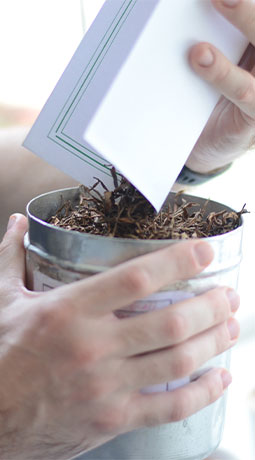
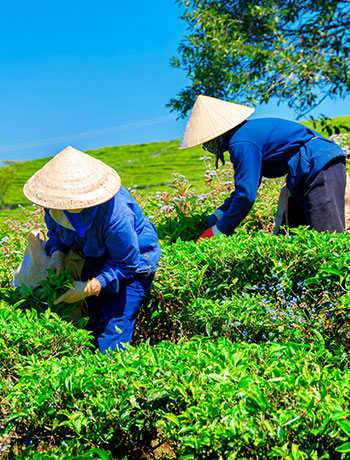
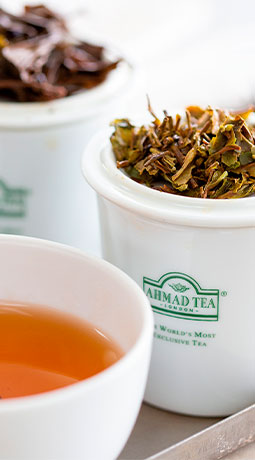
Explore the world of Ahmad Tea and learn where we source some of the finest quality leaves that go into our masterful blends.


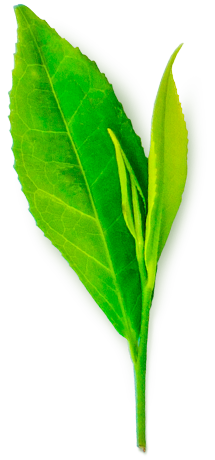
The tea plant, scientifically known as Camelia sinensis, is indigenous to China and India. It can naturally grow to over 20 feet high but to keep it manageable when cultivated, it is regularly pruned back to a height of around three feet.
It is considered best practice to only pluck the tips and the top two layers of young leaves, where the sap and nutrients are most concentrated. We insist on this because we know it is the best way to ensure a fine quality cup of tea. It also stimulates the growth of the bush, increasing the maximum yield.
The perfect environment for tea bushes to grow is in warm, humid environments with good rainfall, and fairly high up at an altitude of between 1,000 and 7,000 feet. The climate dictates whether the bush can be plucked all year round, or if harvest is a seasonal effort.
For example the warmer climates of Africa and Sri Lanka allow all year round production, with higher yields during monsoon periods. In colder climates like the Himalayan foothills, tea yields come in seasonal “flushes”. Varying levels of soil acidity, altitude and climate give distinctively different flavours to the tea leaves.
Once discovered, the world of tea drinking is an endlessly enthralling one for both palate and imagination. Driven by the fire of curiosity, we tirelessly seek inspiration from around the world to bring you blends that deliver the finest flavours and aromas. We believe there is no greater joy than an impeccable cup of Ahmad Tea and our range of blends and brews is reflective of our craft, creativity and thirst for knowledge.
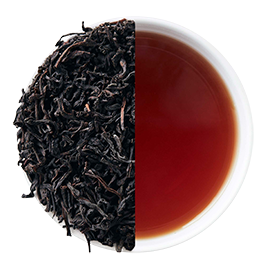
Black tea is oxidised during production and usually has a bold and full flavour which is developed during this process. It is the most common type of tea in the Western world and can be enjoyed with milk and sugar.
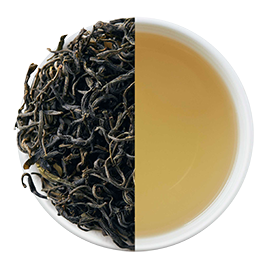
Green tea comes from the same plant as black tea (Camellia sinensis), just not allowed to oxidise. It is has been enjoyed in China for over 5,000 years and is cherished for its antioxidant properties and fragrant flavour.
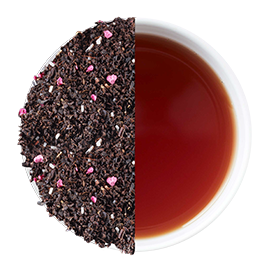
Fruit tea is made by blending black or green tea with real pieces of sweet fruit and our signature flavouring to create distinctive taste profiles. The fruity sweetness makes them ideal for drinking either hot or cold.
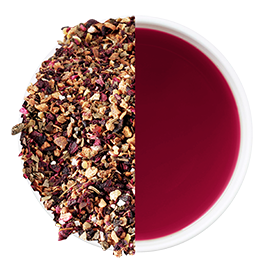
Also known as herbal teas, infusions do not actually contain tea and are made by blending natural aromatic herbs, spices and fruit pieces, like camomile, ginger and peppermint. They are usually naturally caffeine and sugar-free.
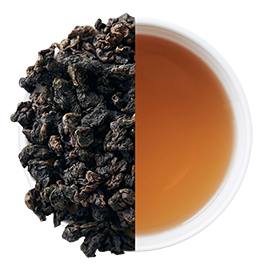
Only the most skilled Tea Masters create this semi-fermented tea using techniques dating back hundreds of years. Many oolong teas are best brewed using hot (not boiling water) to bring out the sweet, floral character.
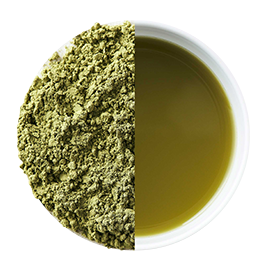
Matcha is a type of green tea from Japan, made by taking green tea leaves and grinding them up to make a powder. This gives it a distinctive green colour. It is vitamin, mineral and antioxidant-rich.
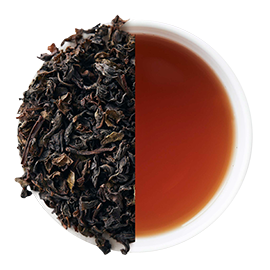
Pu’er tea is a rare type of tea that has been oxidised and fermented - like wine - for longer than black tea to give earthy, espresso-like flavour notes. It is said to aid digestion.
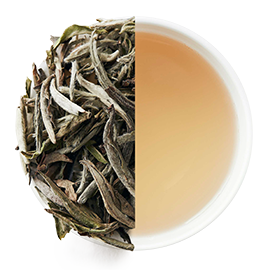
White teas are made from minimally processed tea ‘buds’, making it naturally high in antioxidants. They have a very delicate, nuanced flavour and are growing in popularity.
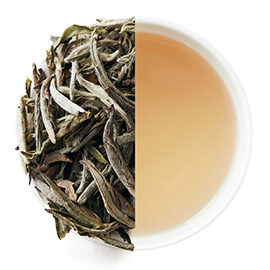
From our classic black blends and much-loved bestsellers, to balanced infusions and delicious cold brews, there is a cup of Ahmad Tea to suit everyone, any time of the day. Explore our ranges.
DISCOVER OUR COLLECTIONSFrom selecting the finest teas that go into Ahmad Tea blends to checking those blends are up to scratch, our team of Tea Tasters are crucial to maintaining a top quality product. Here’s an insight into art of Tea Tasting at Ahmad Tea HQ.
Our Tea Tasters must taste as many as 500 cups of tea each day. They will distinguish between the flavour characteristics of each cup, determining quality and consistency. When contemplating different blends, the Tea Taster will consider the compatibility of different teas with one another, like an artist creating colour.
Our Tea Tasters must taste as many as 500 cups of tea each day. They will distinguish between the flavour characteristics of each cup, determining quality and consistency. When contemplating different blends, the Tea Taster will consider the compatibility of different teas with one another, like an artist creating colour.
The Tea Taster’s knowledge and palate is an invisible combination. They retain a taste memory so they can review many offerings of the same tea type from different estates over the year. They have travelled to all of our tea estates and understand market trends shaping the world of tea.
Sight, smell and taste are vital tools for our Tea Tasters. By sight they hunt for signs of quality. The appearance of the dry leaf is examined and the infusion of leaves is inspected to understand how well the tea is made. Our Taster carefully studies the colour of the liquor, then raises a spoon to his or her lips and slurps: this quickly sucks the tea into the mouth for maximum impact on the taste buds.
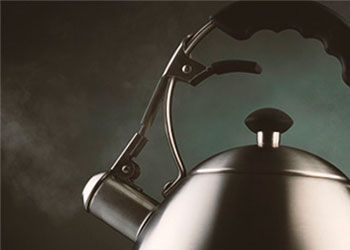
Always use fresh water from the tap because if it’s already been boiled, you won’t get the best from your cup of Ahmad Tea. Use an electric or stovetop kettle to bring the water to the boil.
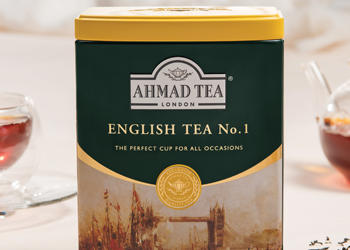
For a traditional breakfast or afternoon tea, our black teas are ideal. But if you’re after something lighter, try a delicious green tea or herbal infusion. Use one teabag per person or for loose tea, one teaspoon of tea per person, plus one for the pot.
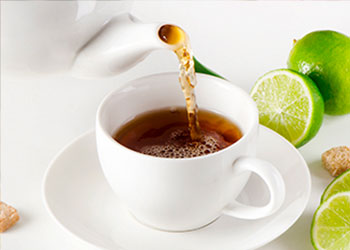
Pour freshly boiled water immediately onto the tea leaves. Check the pack of your chosen blend for exact brewing times, they will vary. When your tea has finished steeping, remove the teabag or loose tea with a strainer. Serve and savour.
| TEA TYPE | TEMPERATURE | BREW TIME |
|---|---|---|
| TEABAGS | ||
| Black Teas | 100° C | 3 – 5 Min |
| Green Teas | 90 – 100° C | 3 – 5 Min |
| Decaffeinated Teas | 100° C | 3 – 5 Min |
| Fruit Flavoured Black Teas | 100° C | 3 – 5 Min |
| Fruit and Herbal Infusions | 100° C | 5 Min |
| LOOSE LEAF | ||
| Black Teas (Loose Leaf) | 100° C | 4 – 8 Min |
| Green Teas (Loose Leaf) | 90-100° C | 3 – 5 Min |
| ICED TEAS* | ||
| Black Teas | 100° C | 4 – 8 Min |
| Fruit Flavoured Black Teas | 100° C | 3 – 5 Min |
| Green Teas | 90-100° C | 3 – 5 Min |
| Fruit and Herbal Infusions | 100° C | 5 Min |
*Pour 1.5 litres of boiling water over tea bags. Depending on taste preferences,
we suggest 8-10 tea bags, or approx. 8-10 spoonfuls of loose tea for a 2L jug.